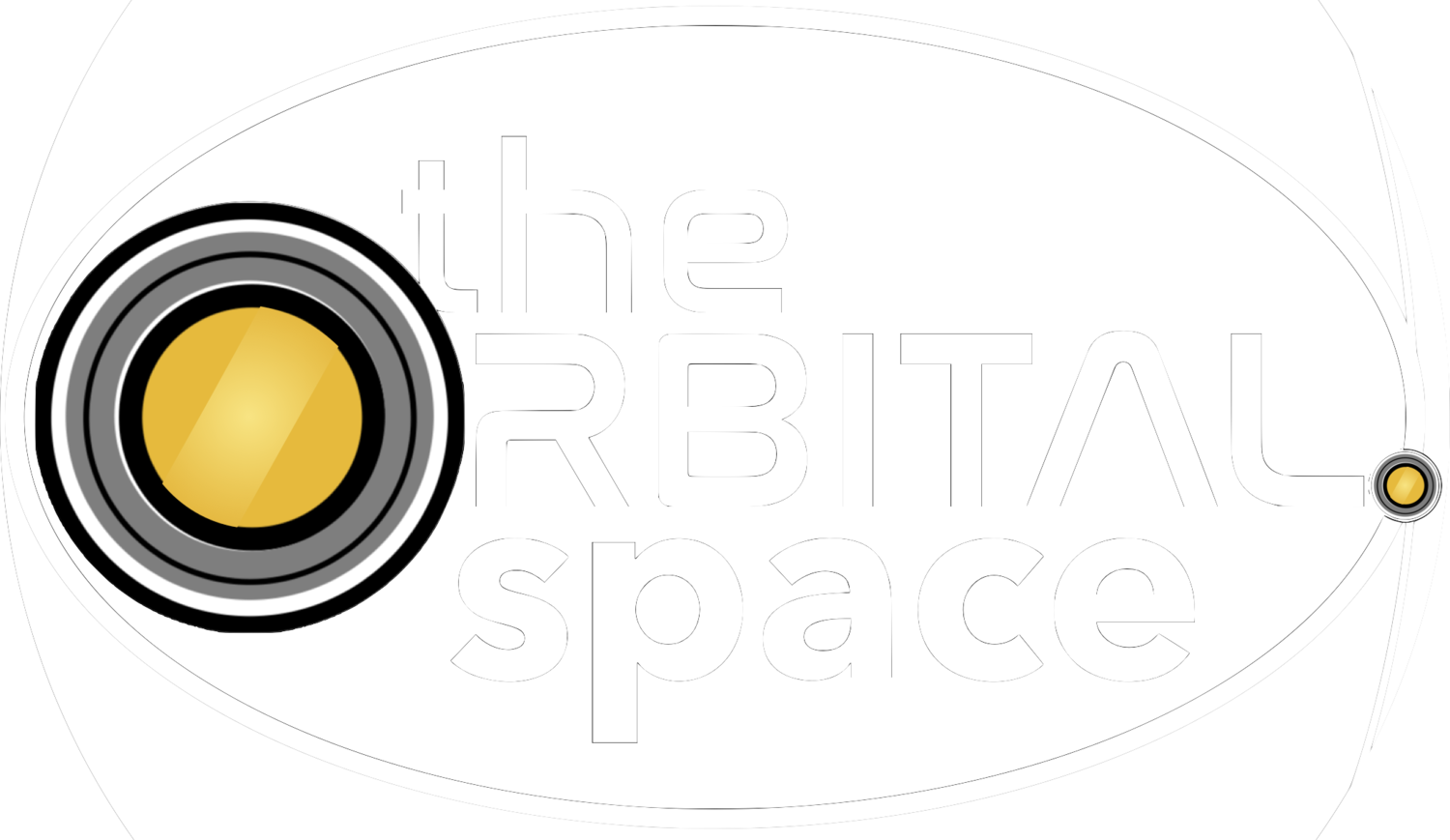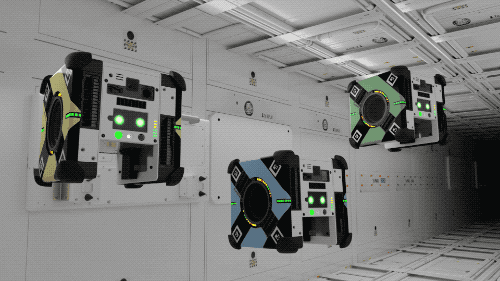Return to Gemini Program overview
Gemini III
Gemini III - the first manned Gemini mission
For a more maneuverable spacecraft, one whose missions were more complex - requiring varying orbital adjustments and higher altitudes - NASA designed a new, state-of-the-art maneuvering system.
The Orbital Attitude Maneuvering System, or OAMS, was a reaction control system that provided both automatic and manual rotation and translation of the Gemini spacecraft. Demonstrating the OAMS capabilities was the primary mission of Gemini III, and the task fell to the Gemini program's first two astronauts, Commander Virgil I. "Gus" Grissom and John W. Young.
Virgil I. "Gus" Grissom (L) & John W. Young (R). Click to enlarge
The first orbital maneuver by a manned spacecraft
During the mission's first three orbits, Grissom executed orbital maneuvers which changed the spacecraft's eccentricity, inclination, and perigee, respectively. The final maneuver placed Gemini into an orbital decay so the spacecraft would return to Earth naturally in the event the retrorockets failed - which they did not.
The Gemini III capsule, dubbed "Molly Brown" by Grissom - a reference to the musical, The Unsinkable Molly Brown - in the hopes that the craft wouldn't befall the same sinking fate as his Mercury capsule - missed its landing zone by 111.1km due to unforeseen aerodynamic lift forces during reentry.
An overshot landing target withstanding, Gemini III's success marked an important milestone in the process that would eventually land a man on the moon. An operational maneuvering system would allow future Gemini flights the capabilities needed to successfully rendezvous and dock with other spacecraft - ultimately providing necessary mission experience to inform future Apollo mission parameters.
“Man! There’s the horizon and it is beautiful!”







